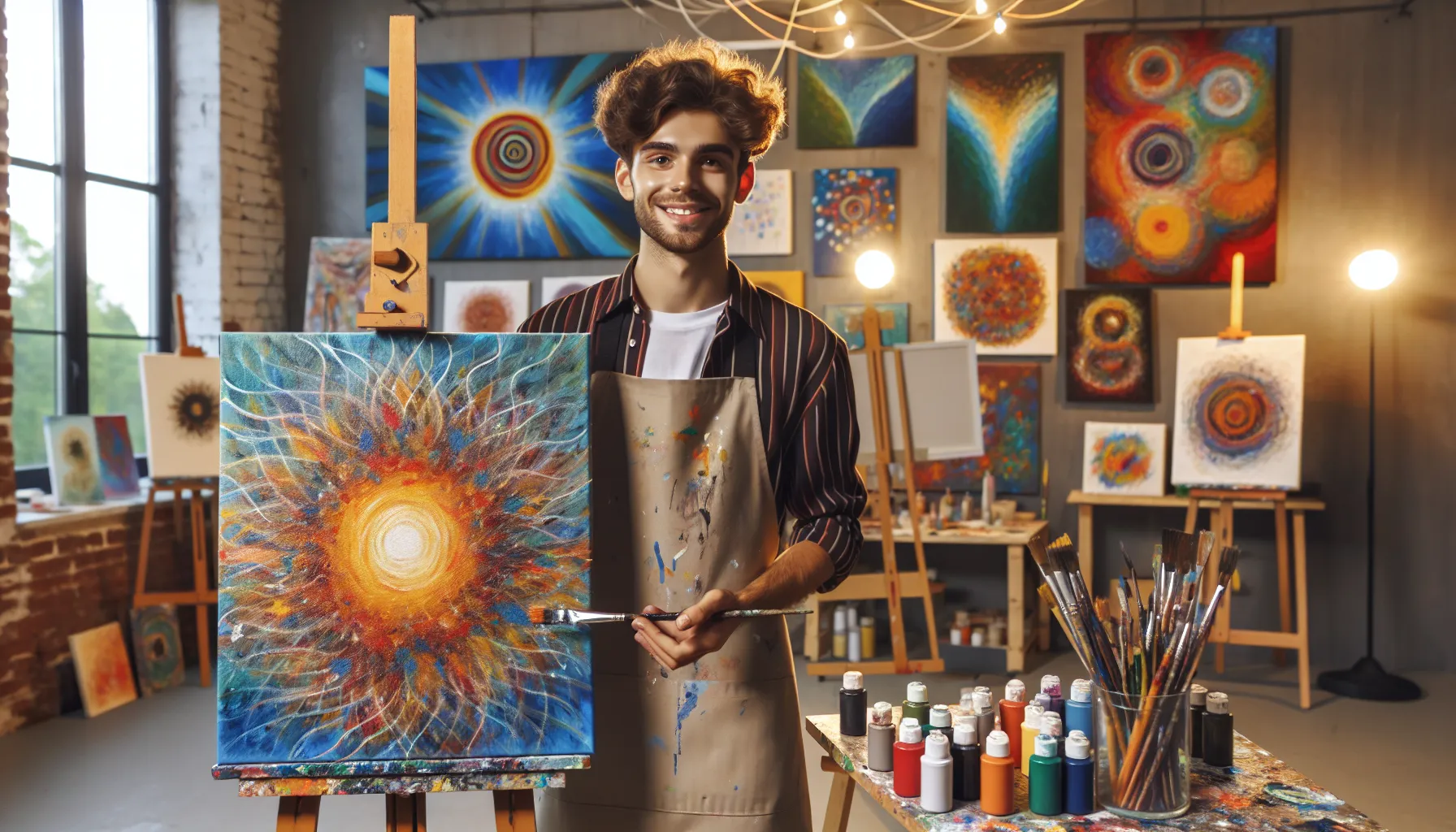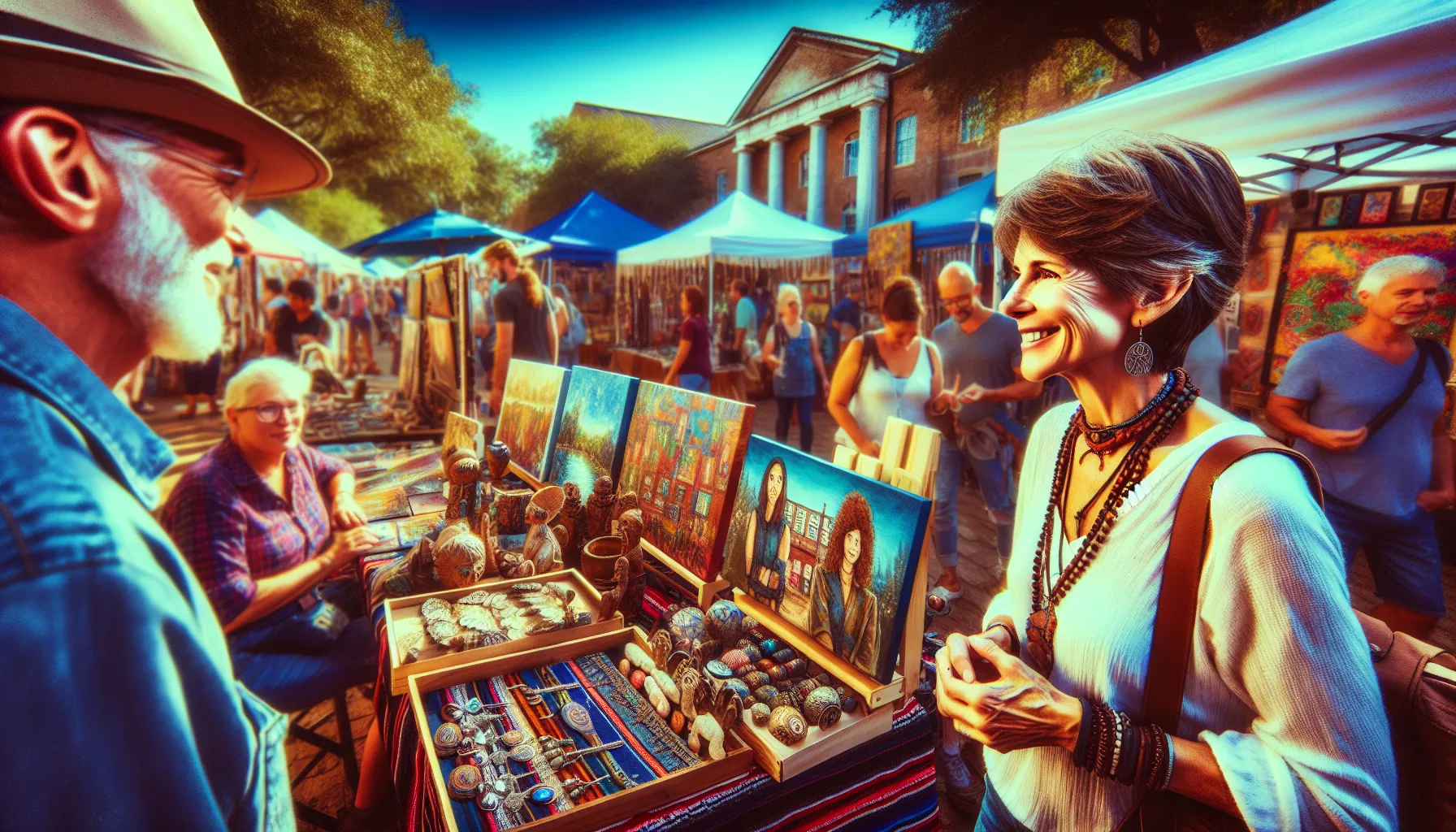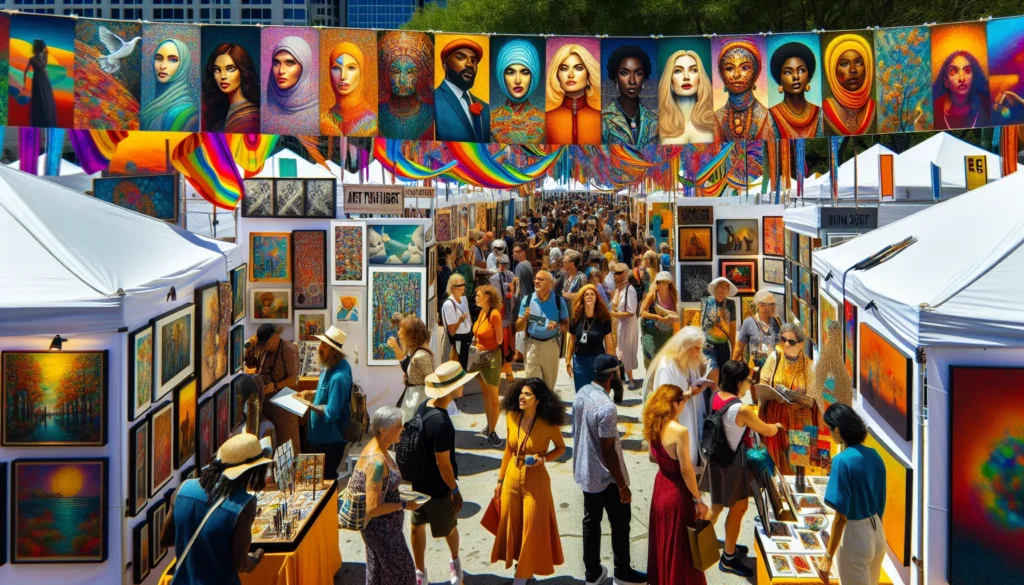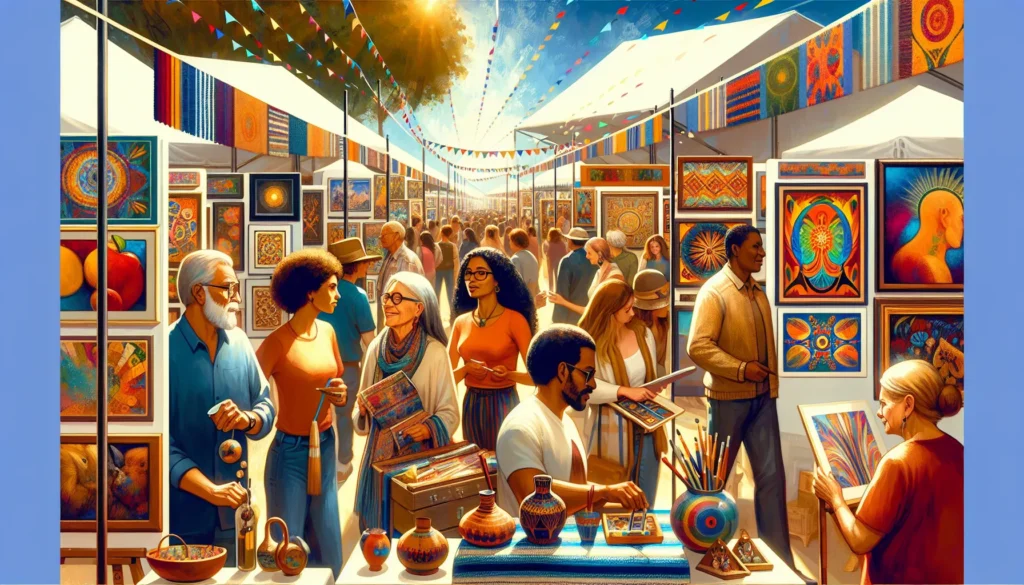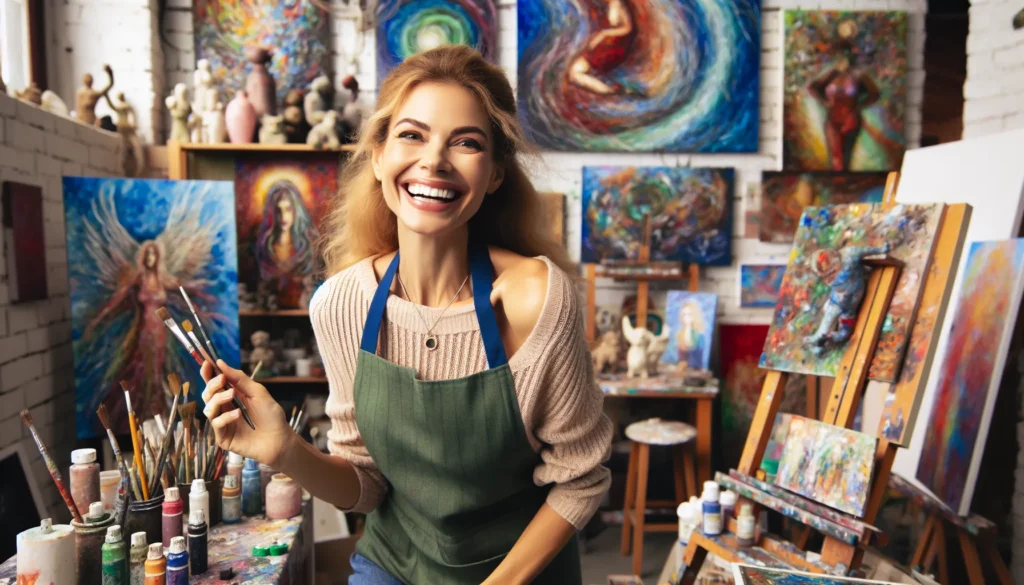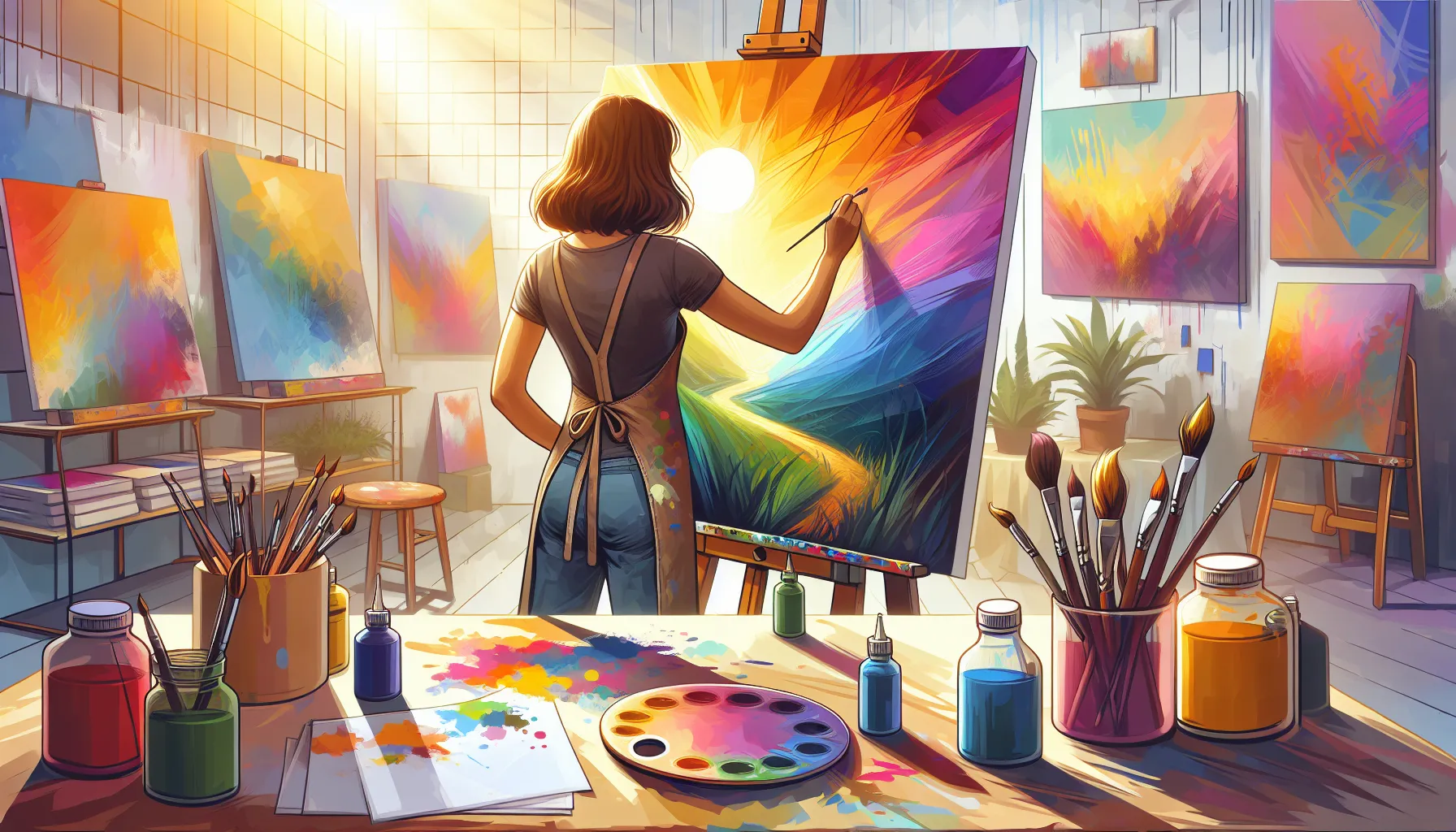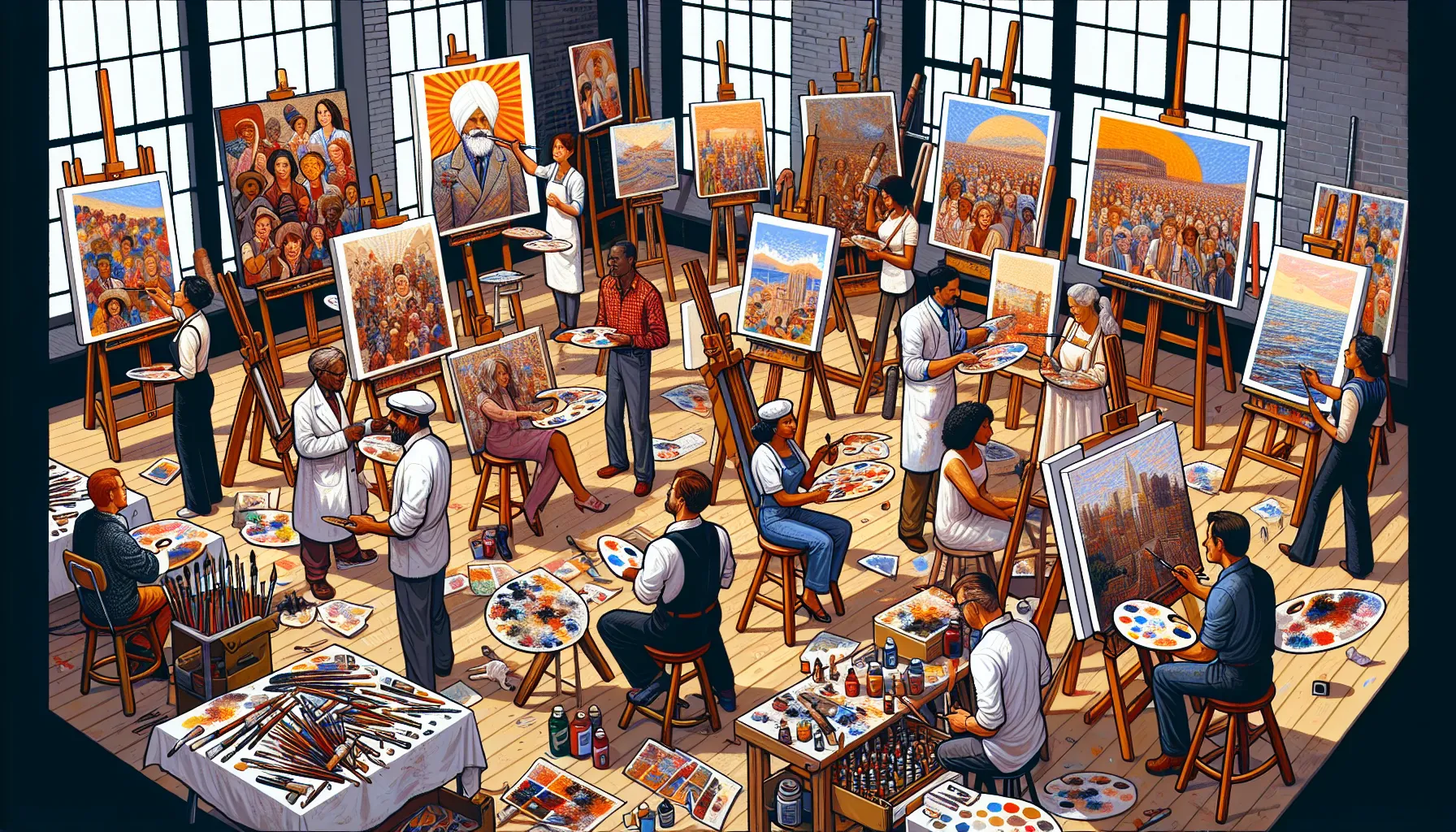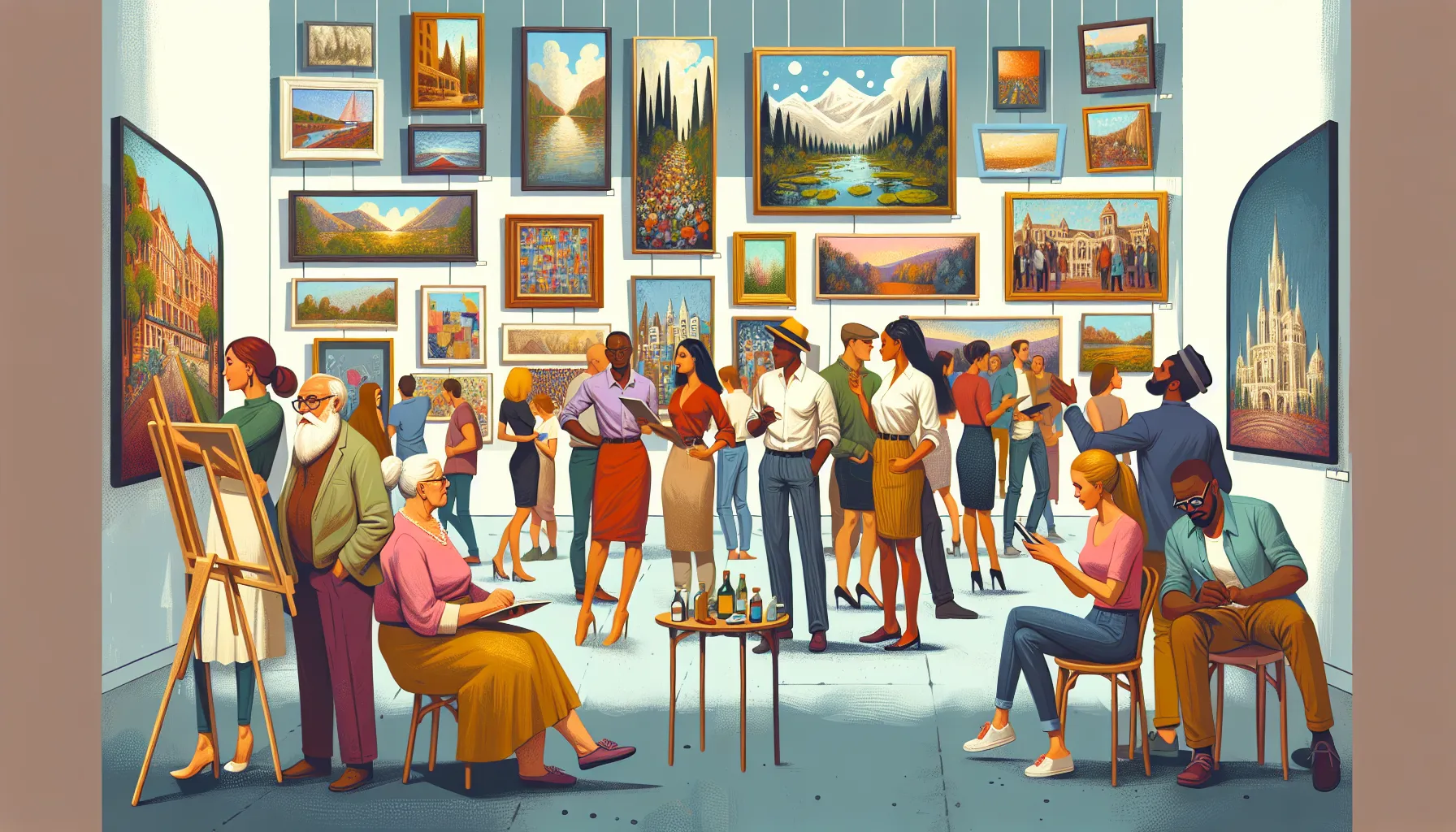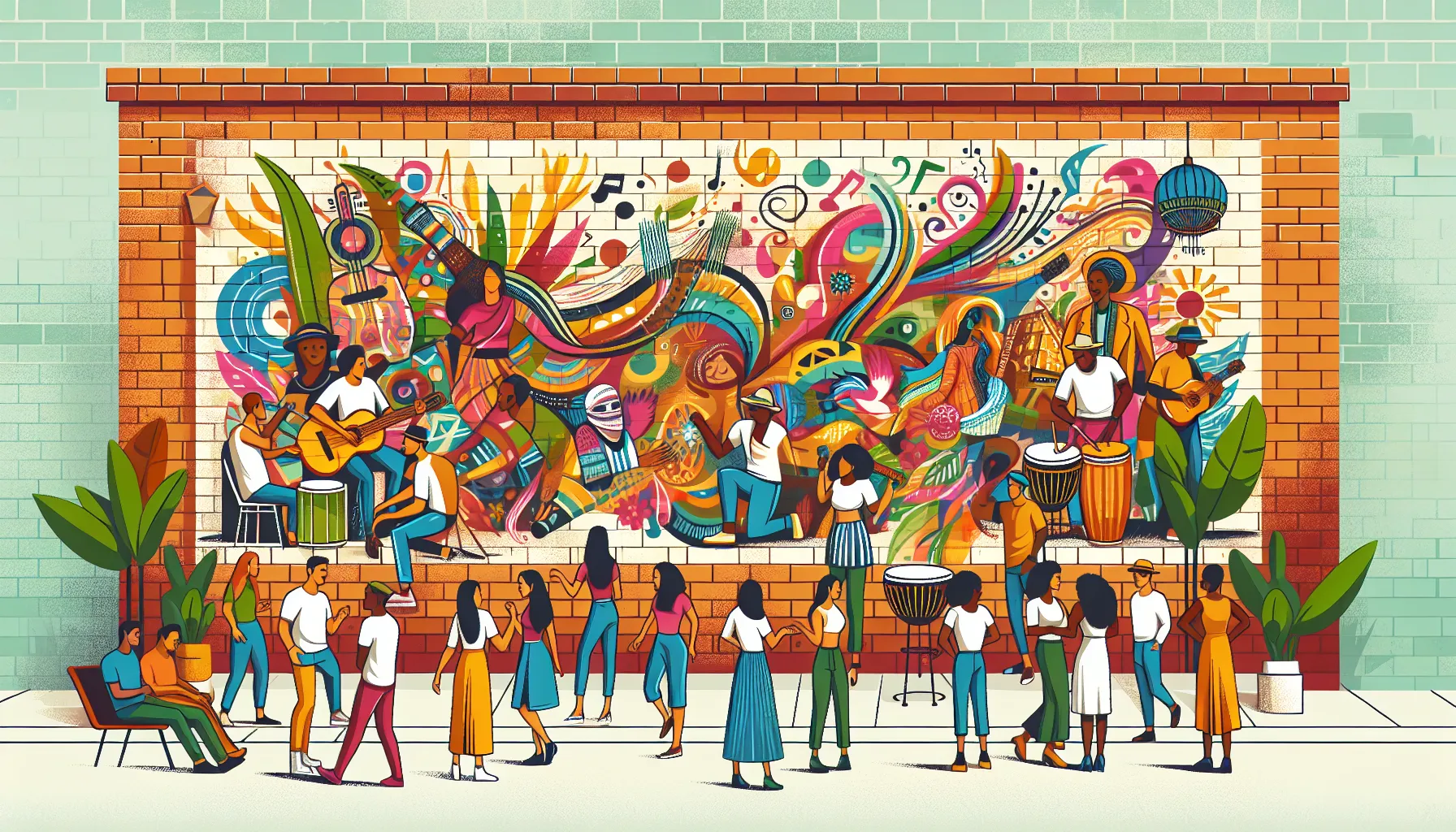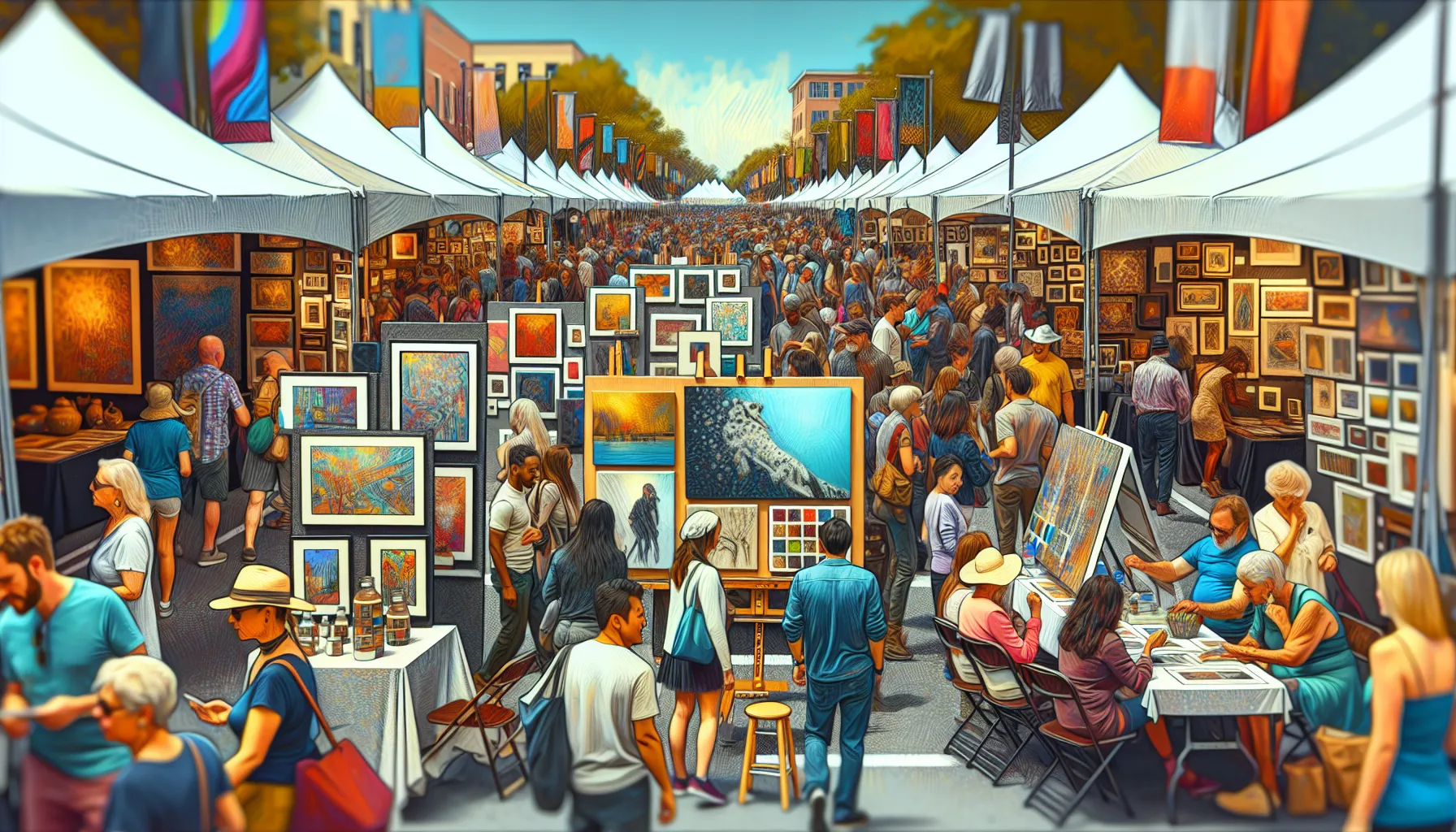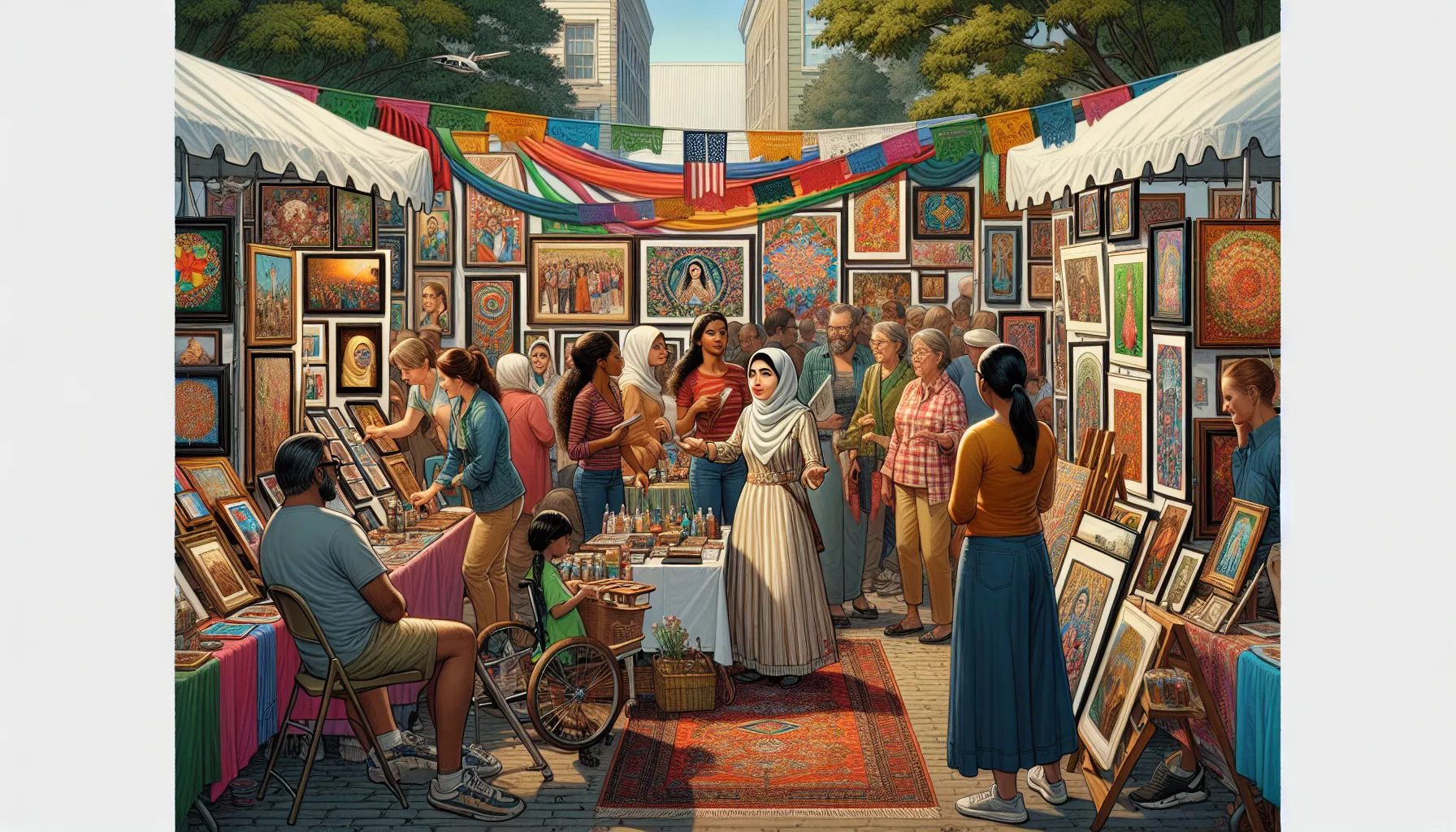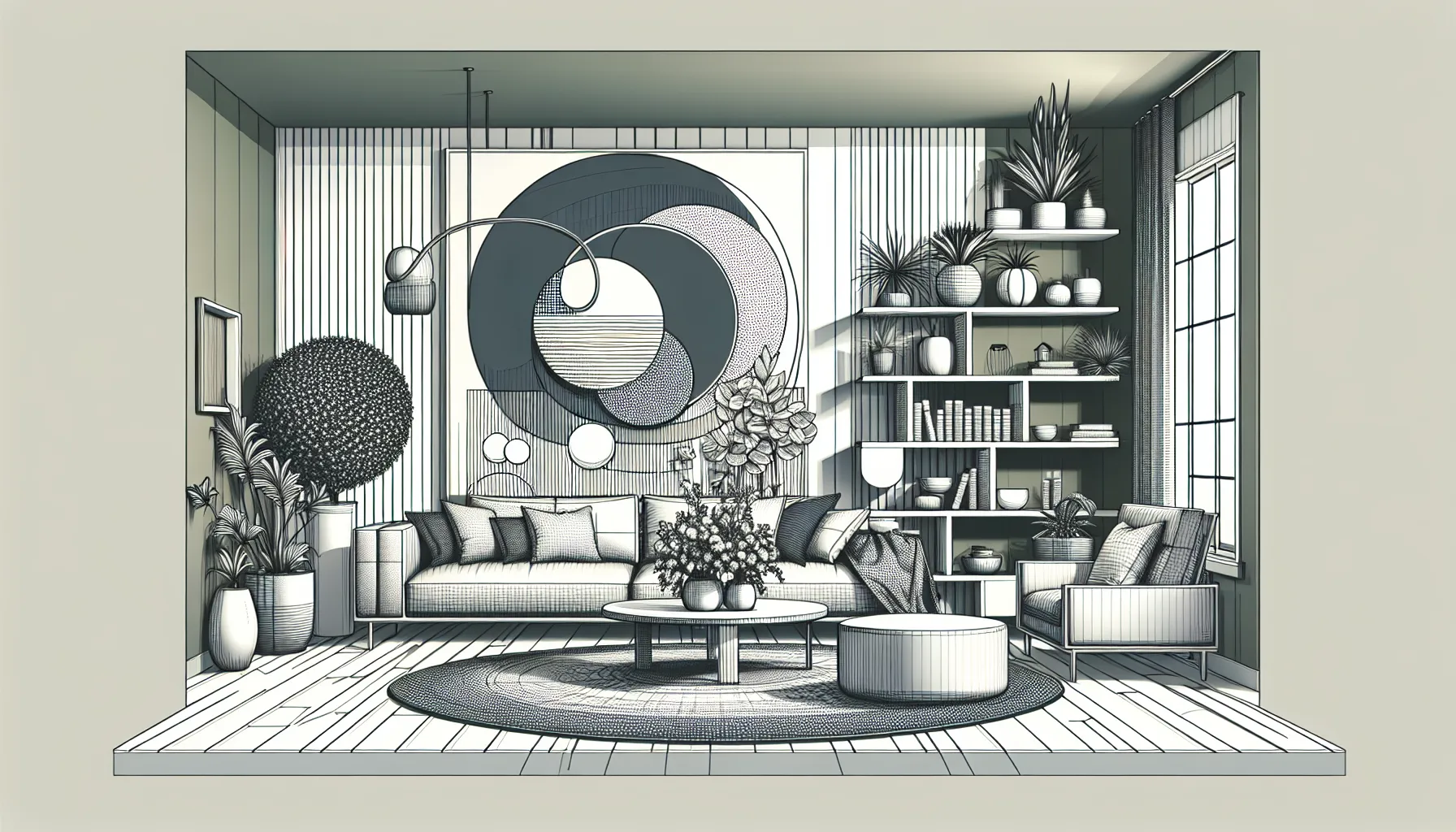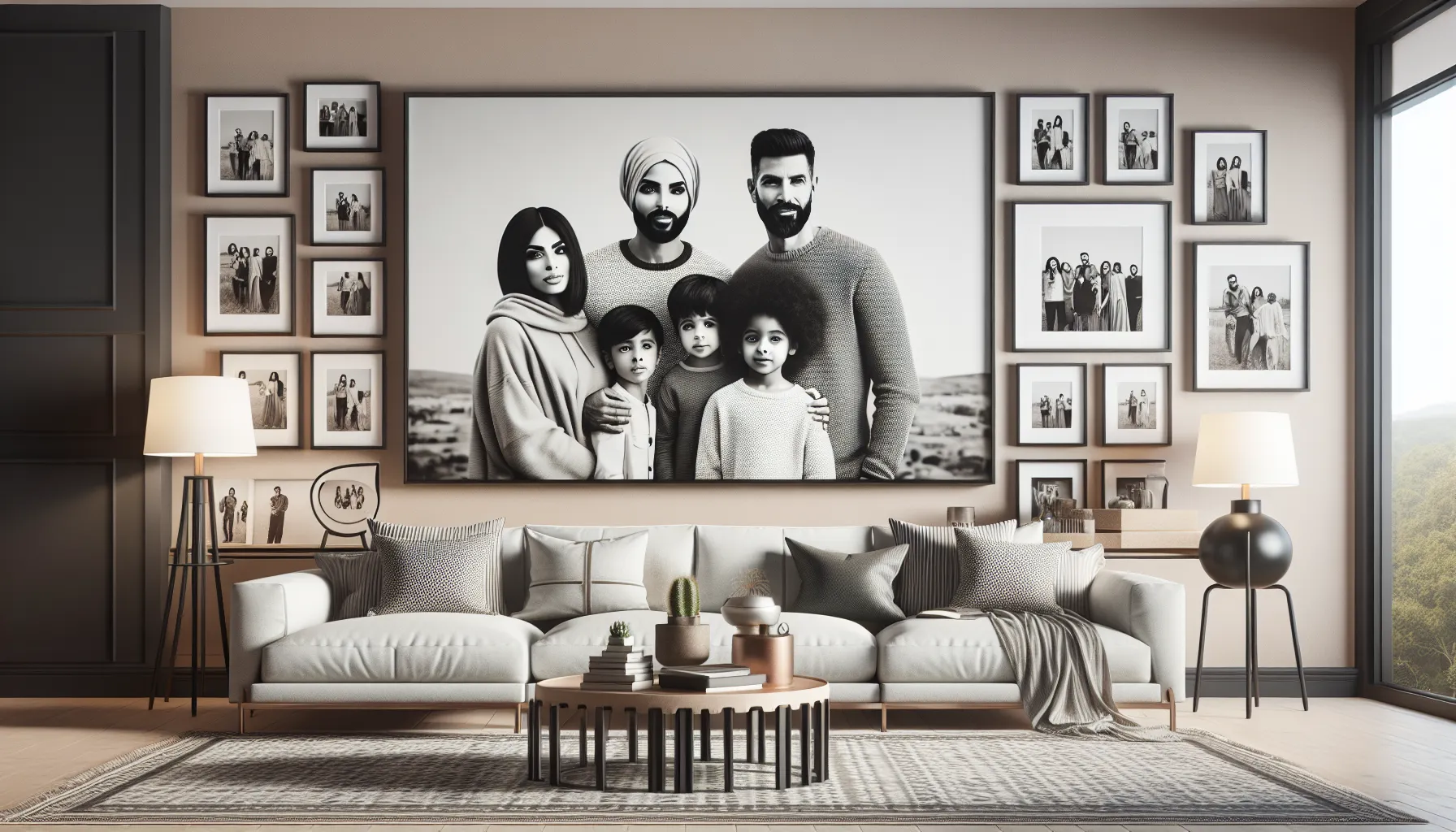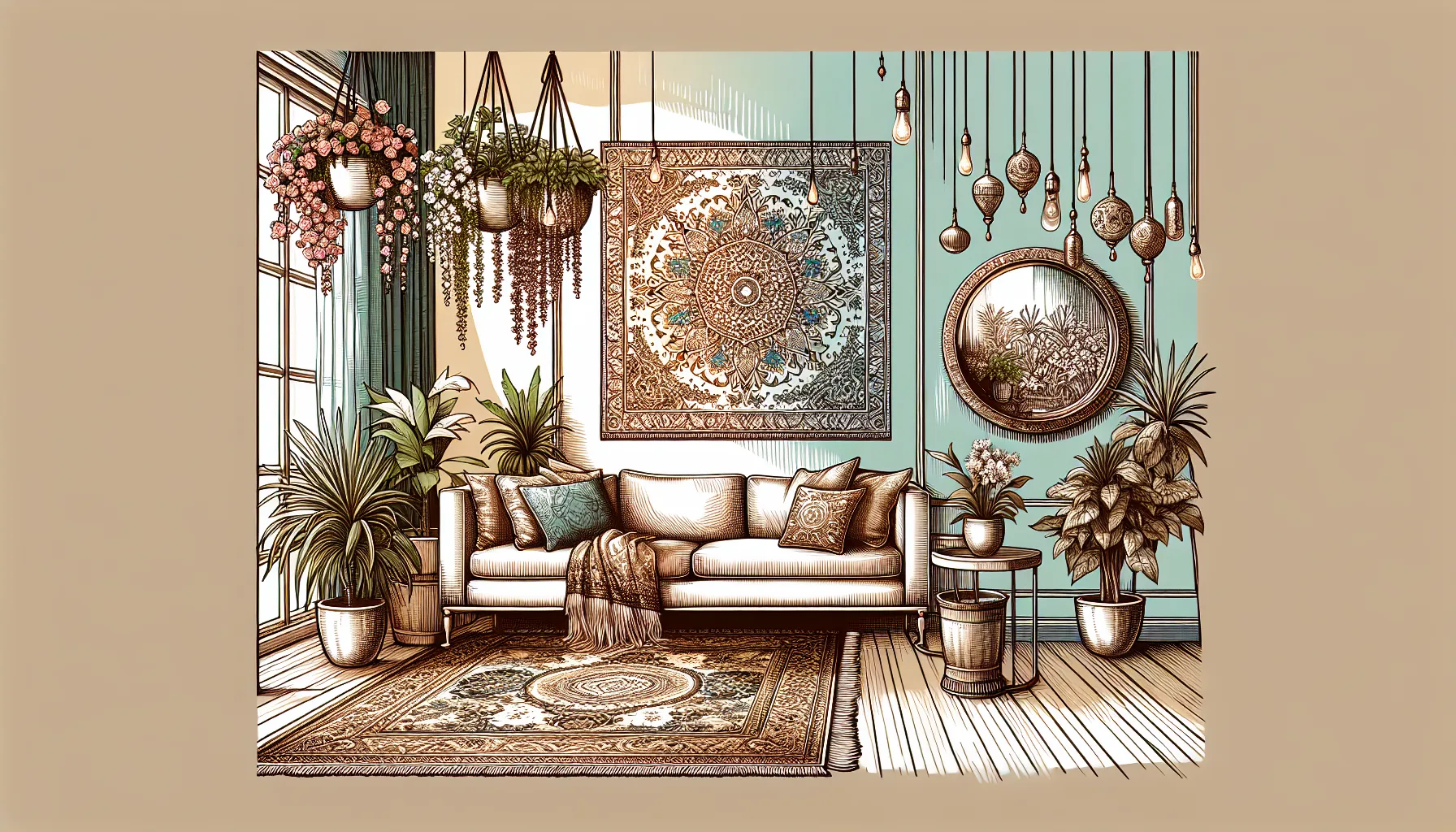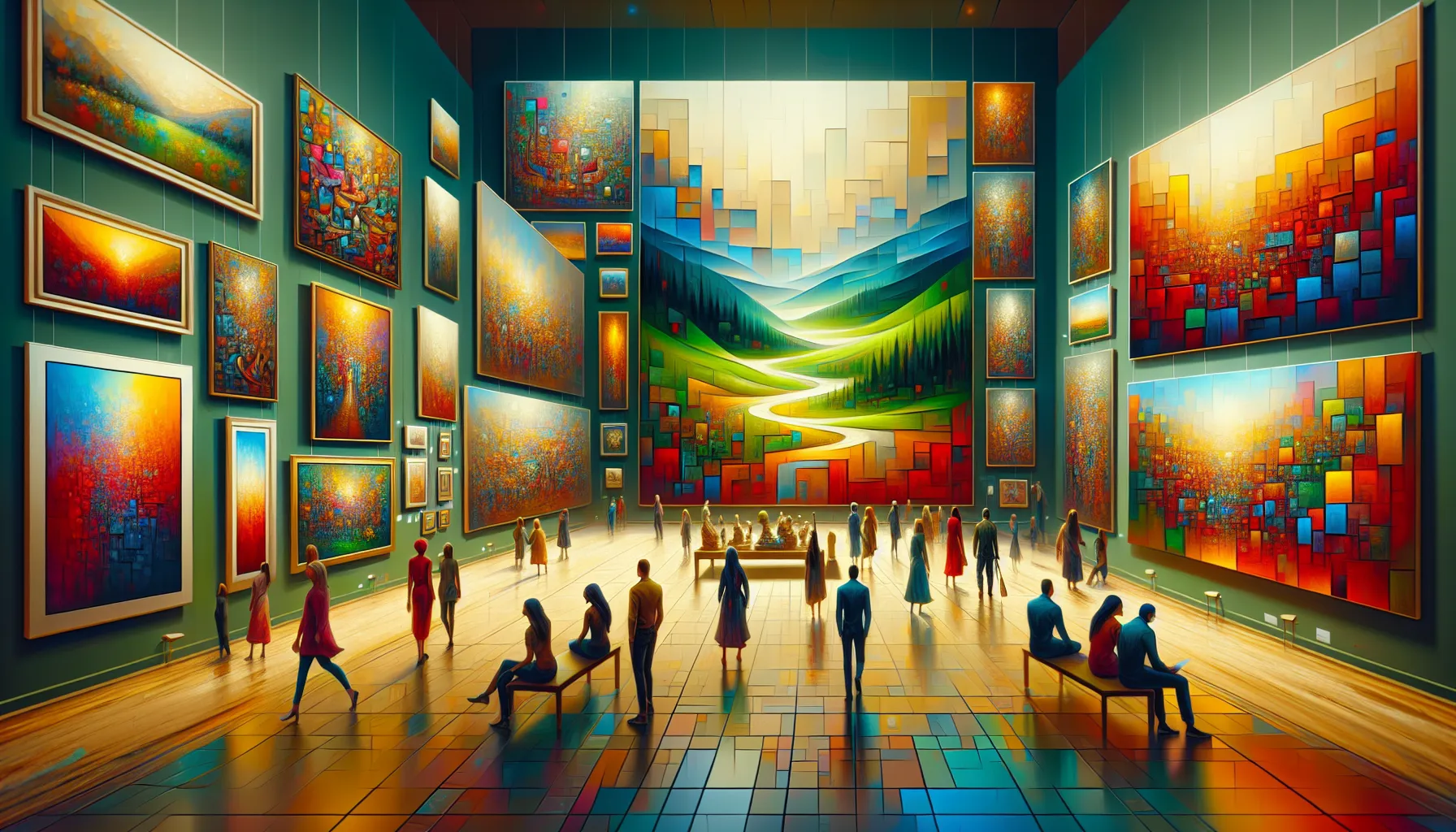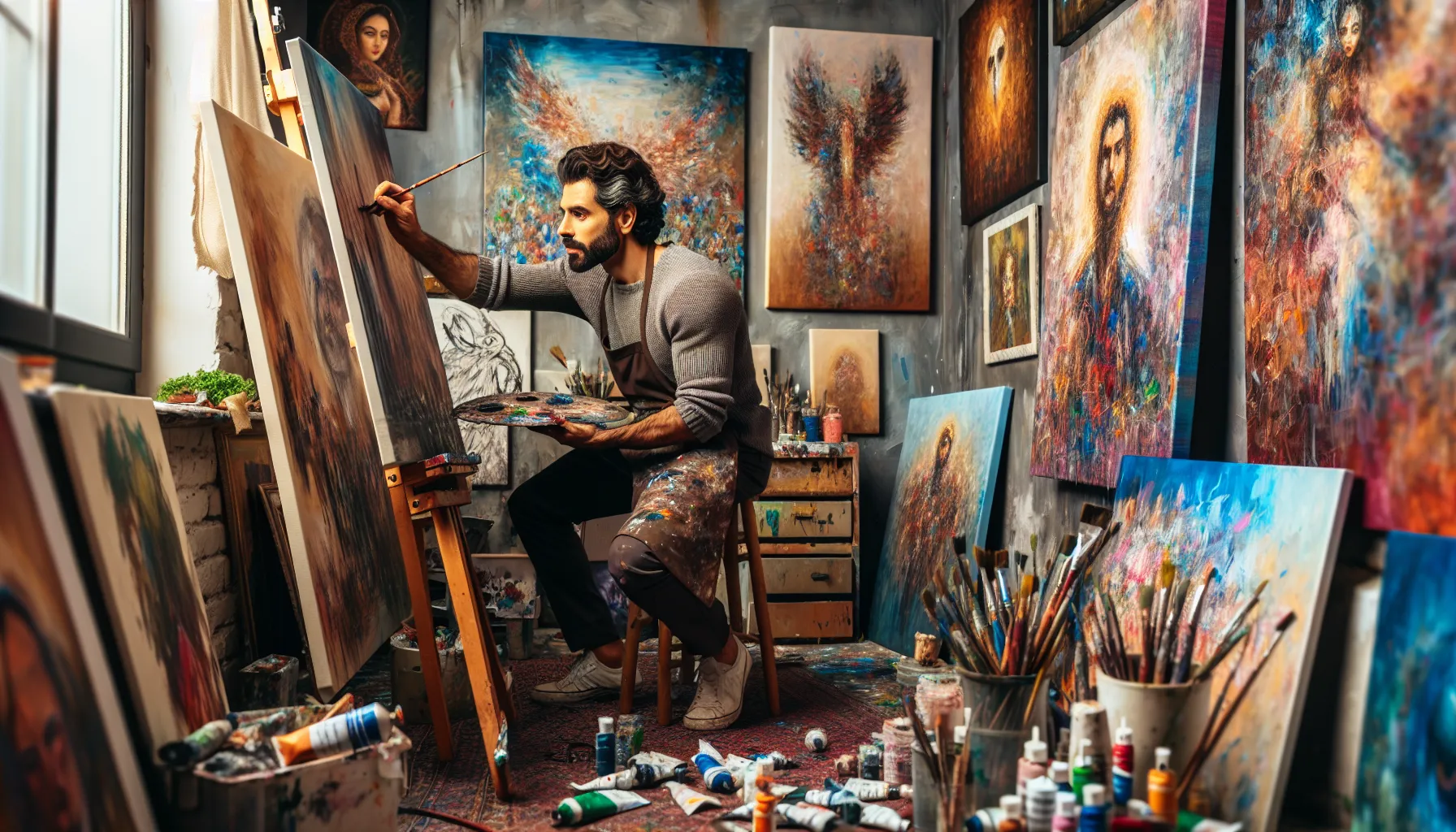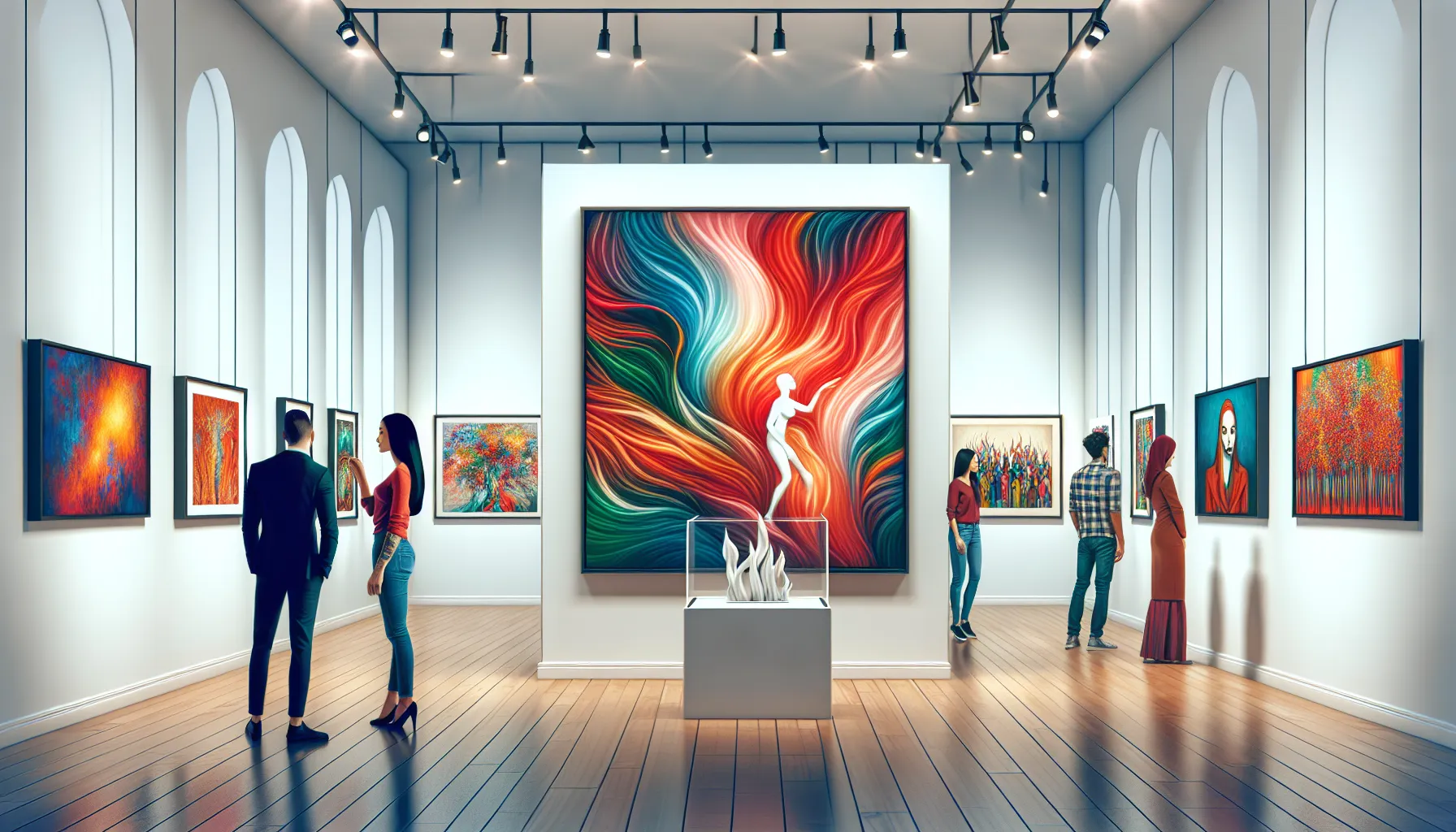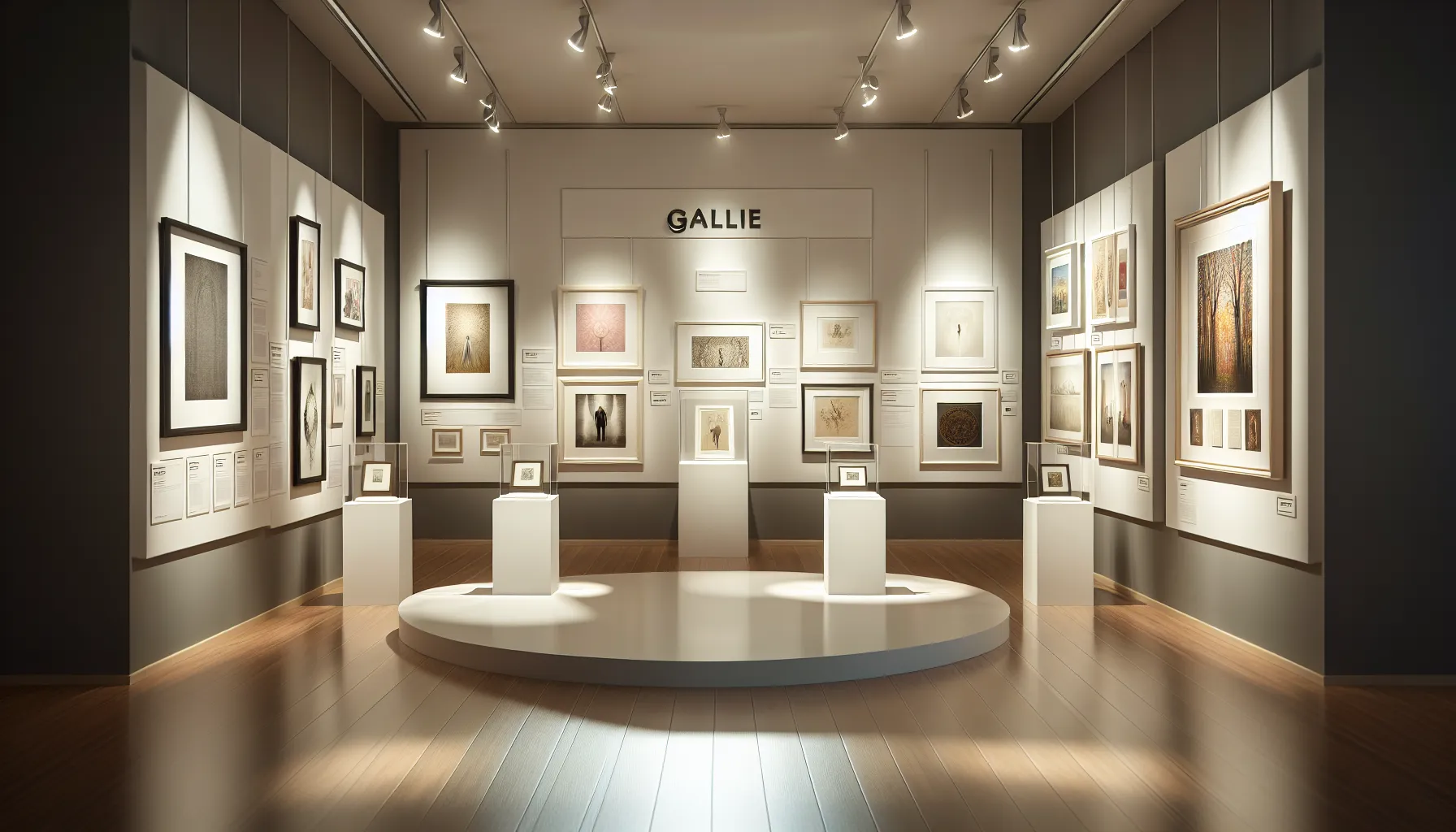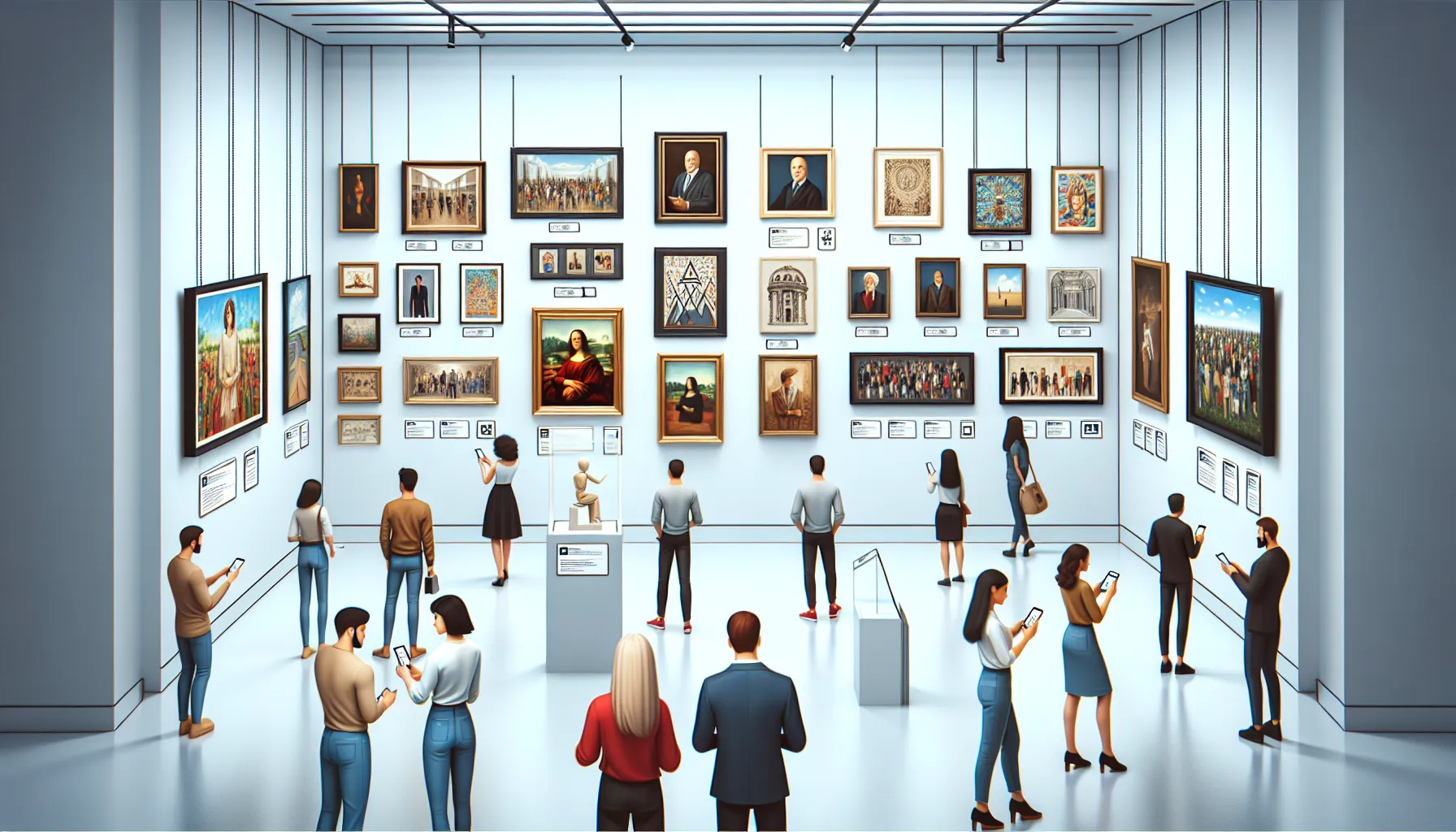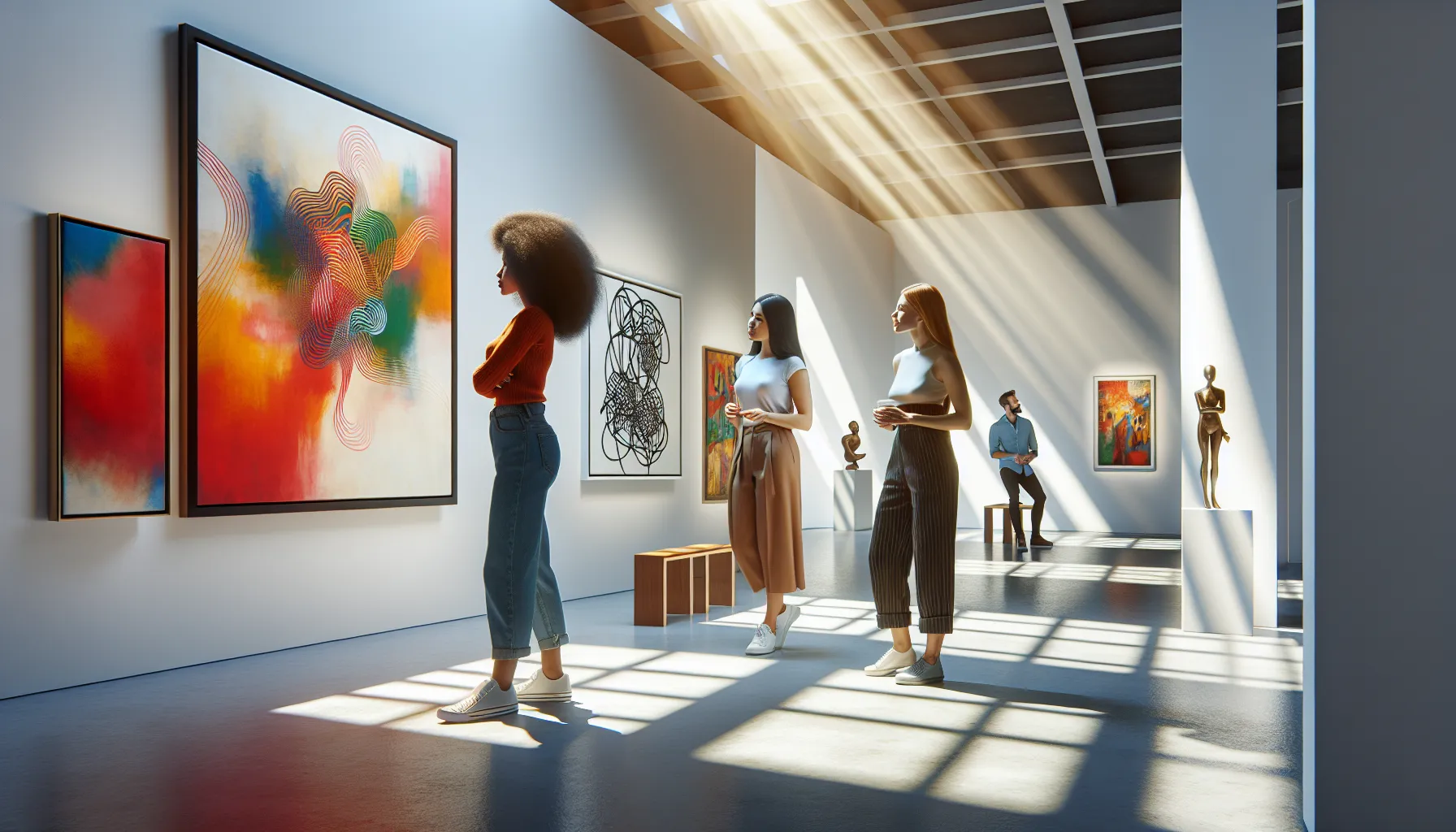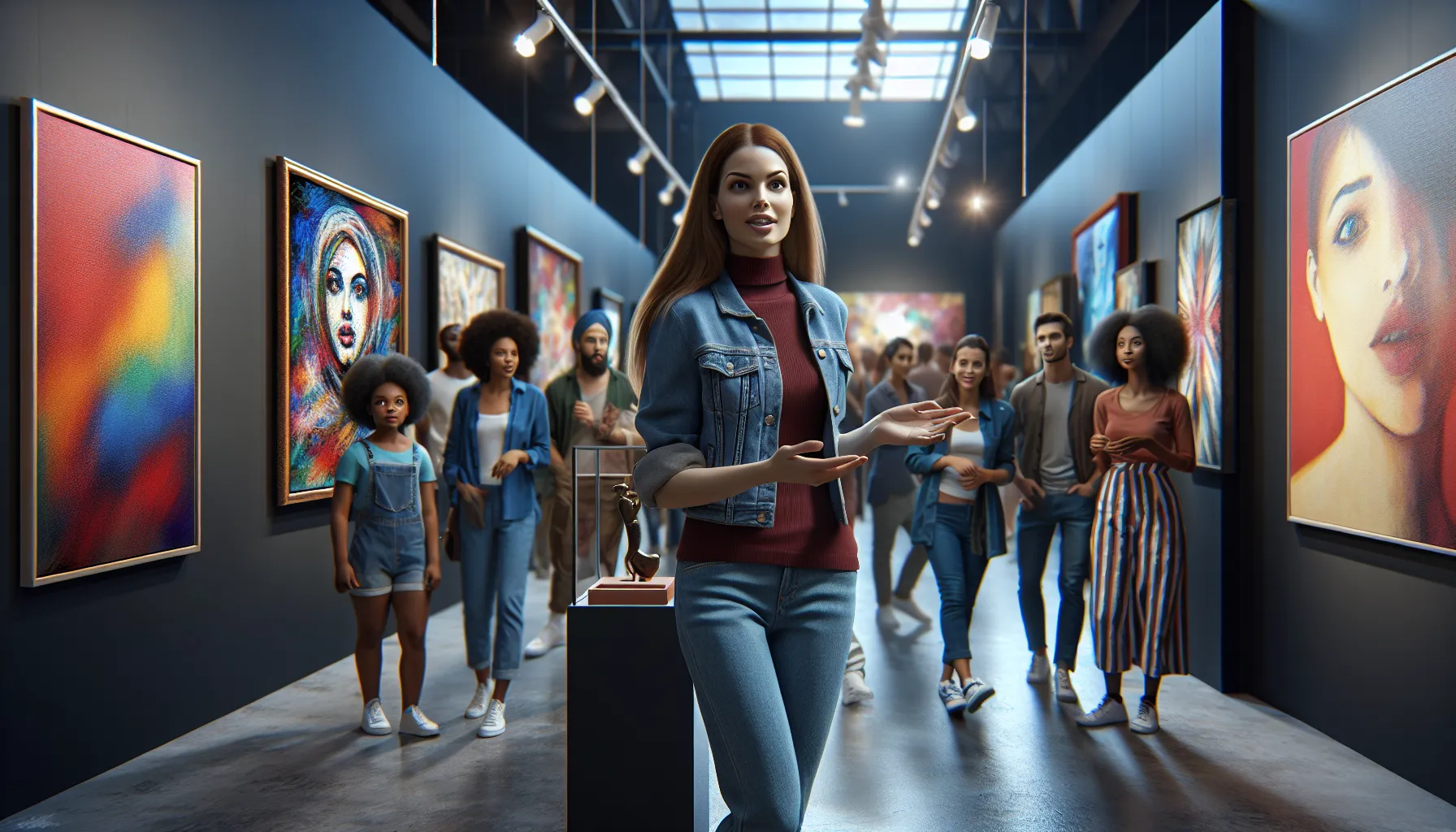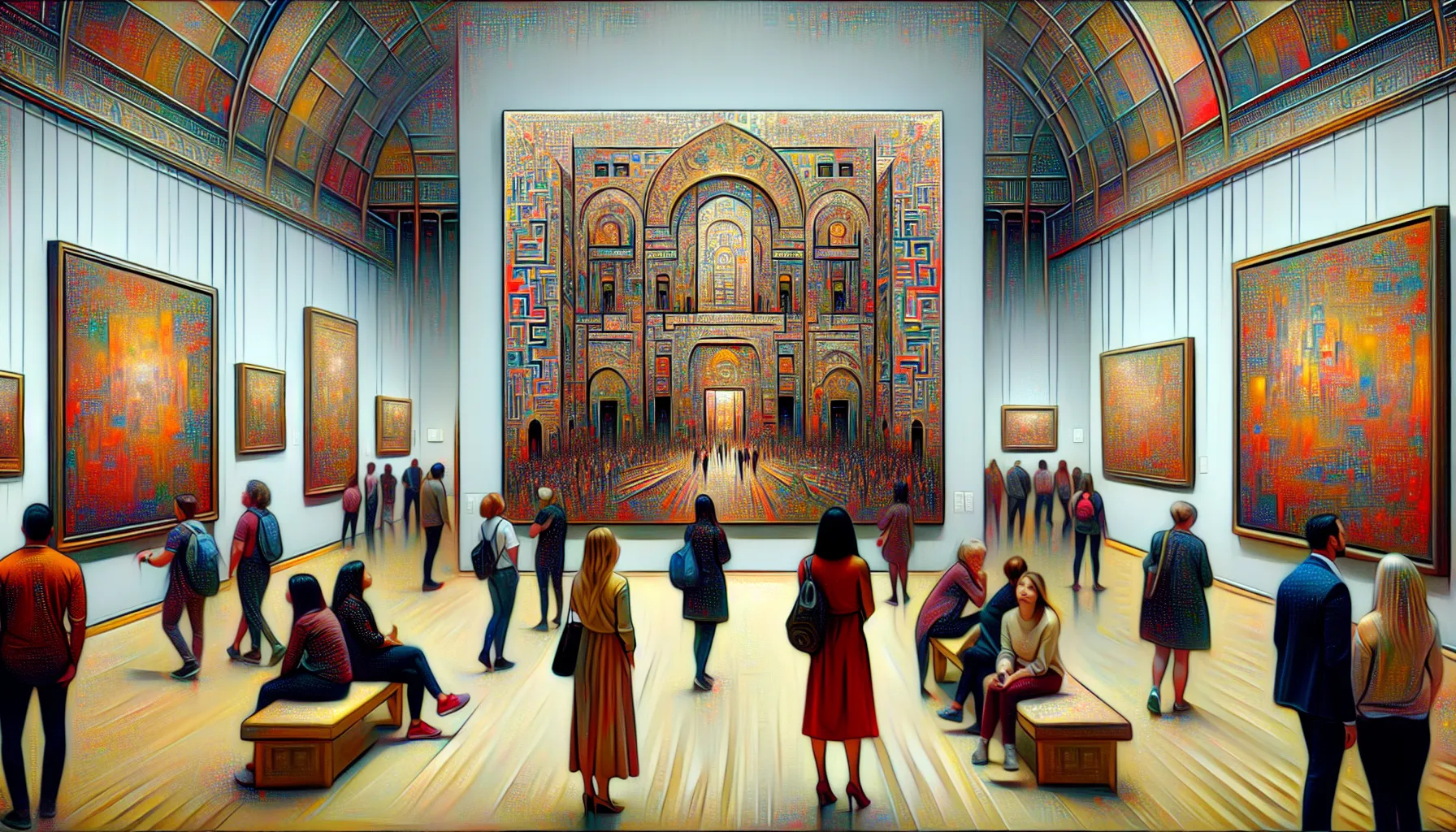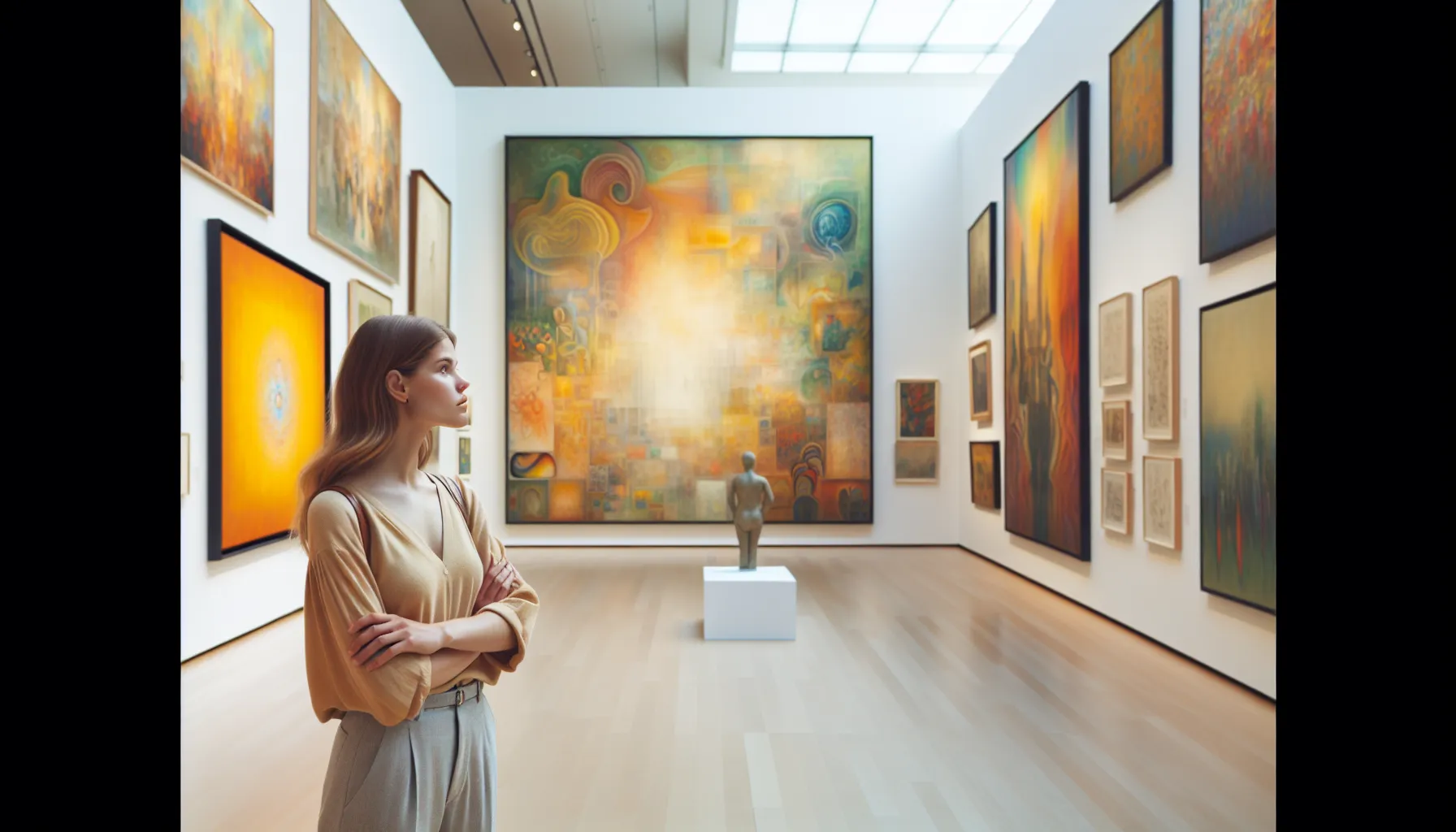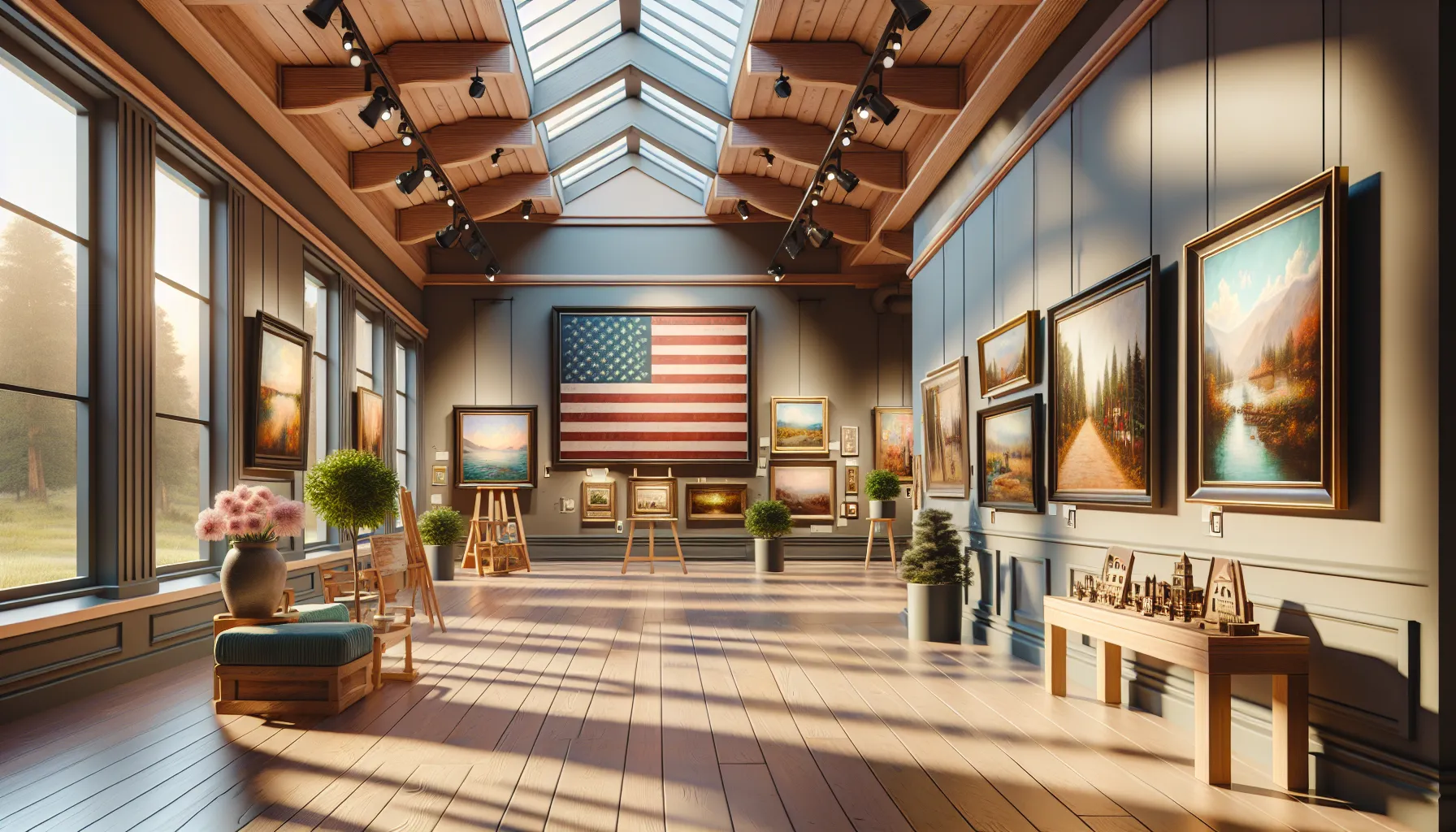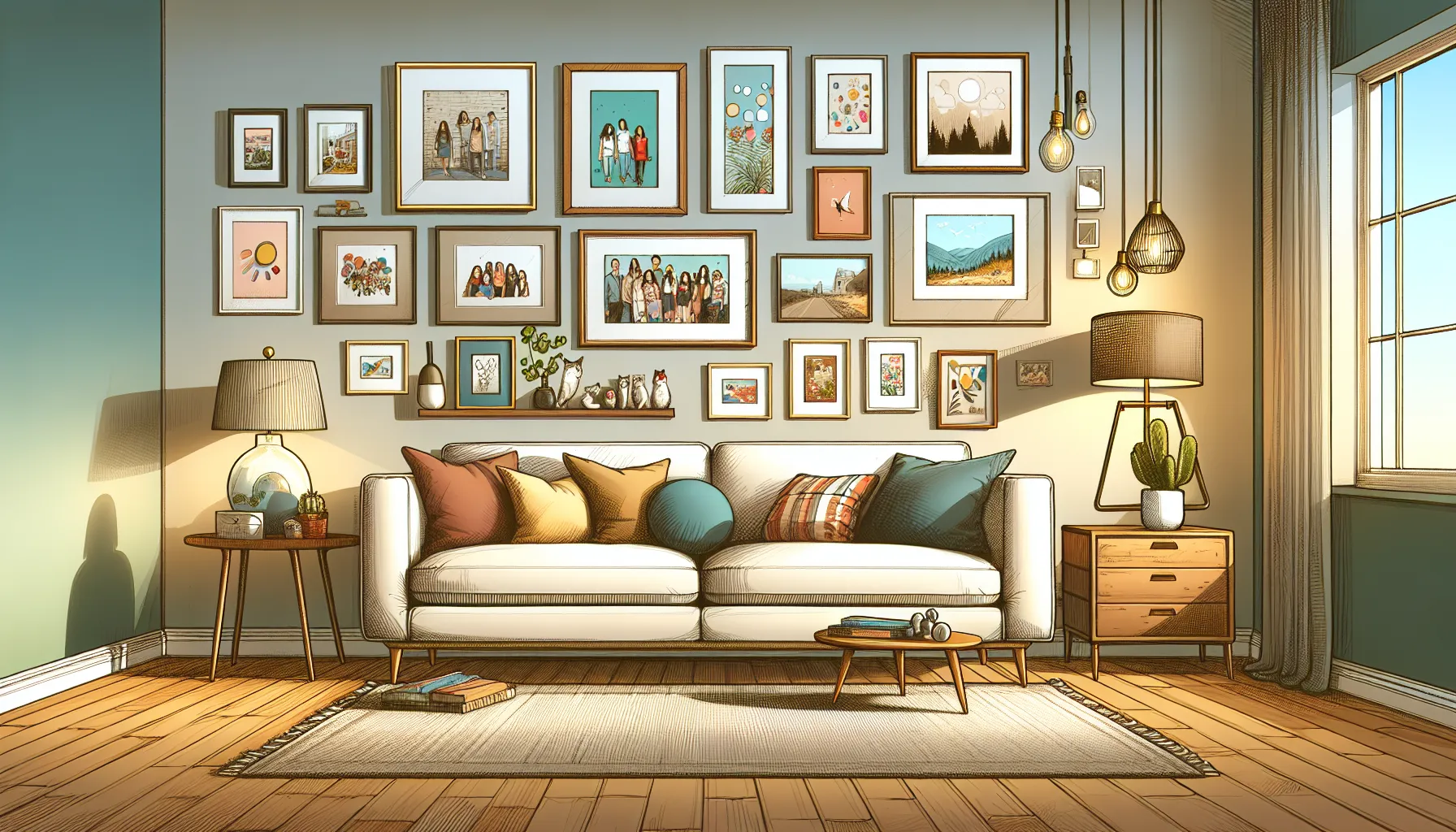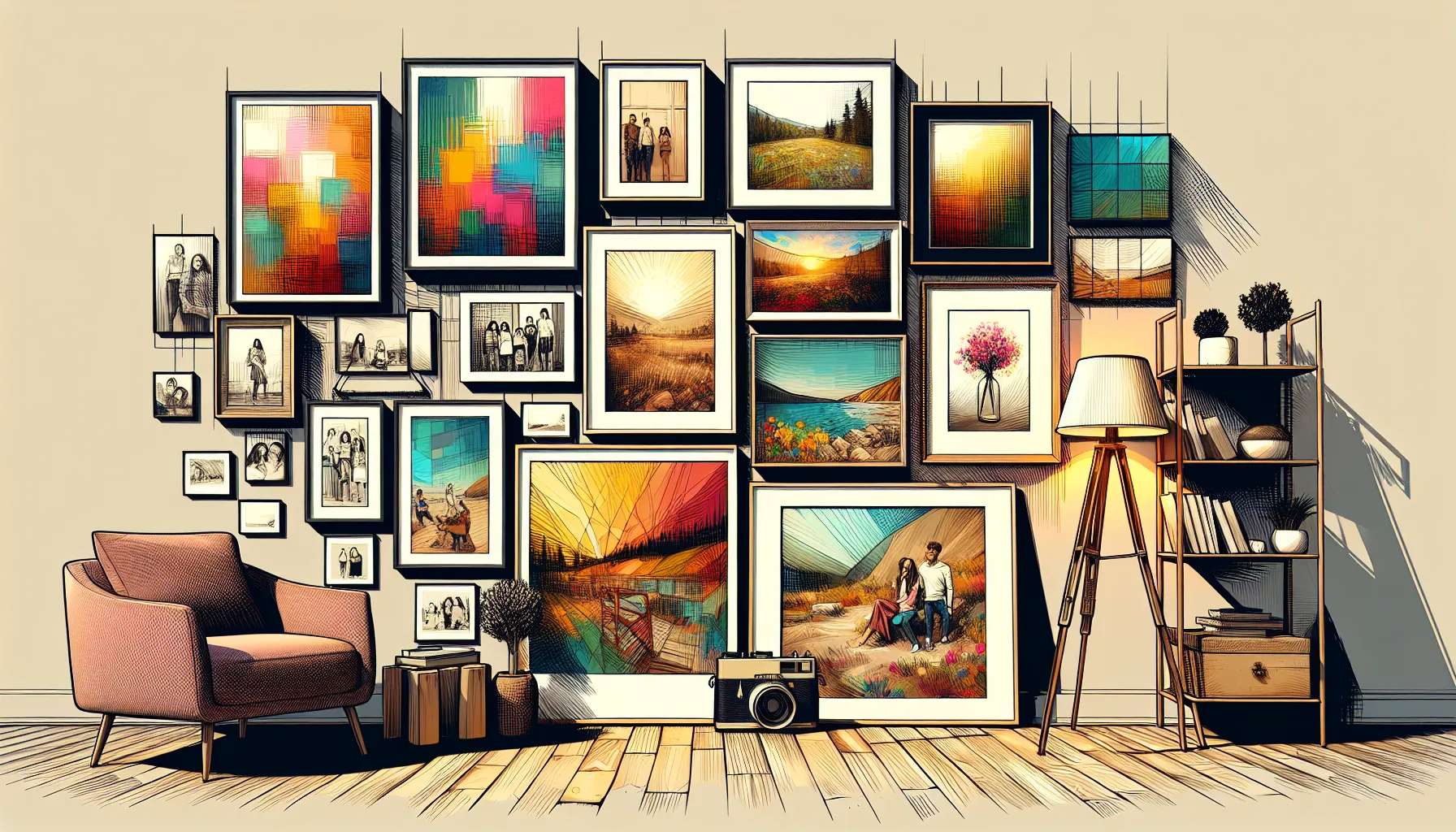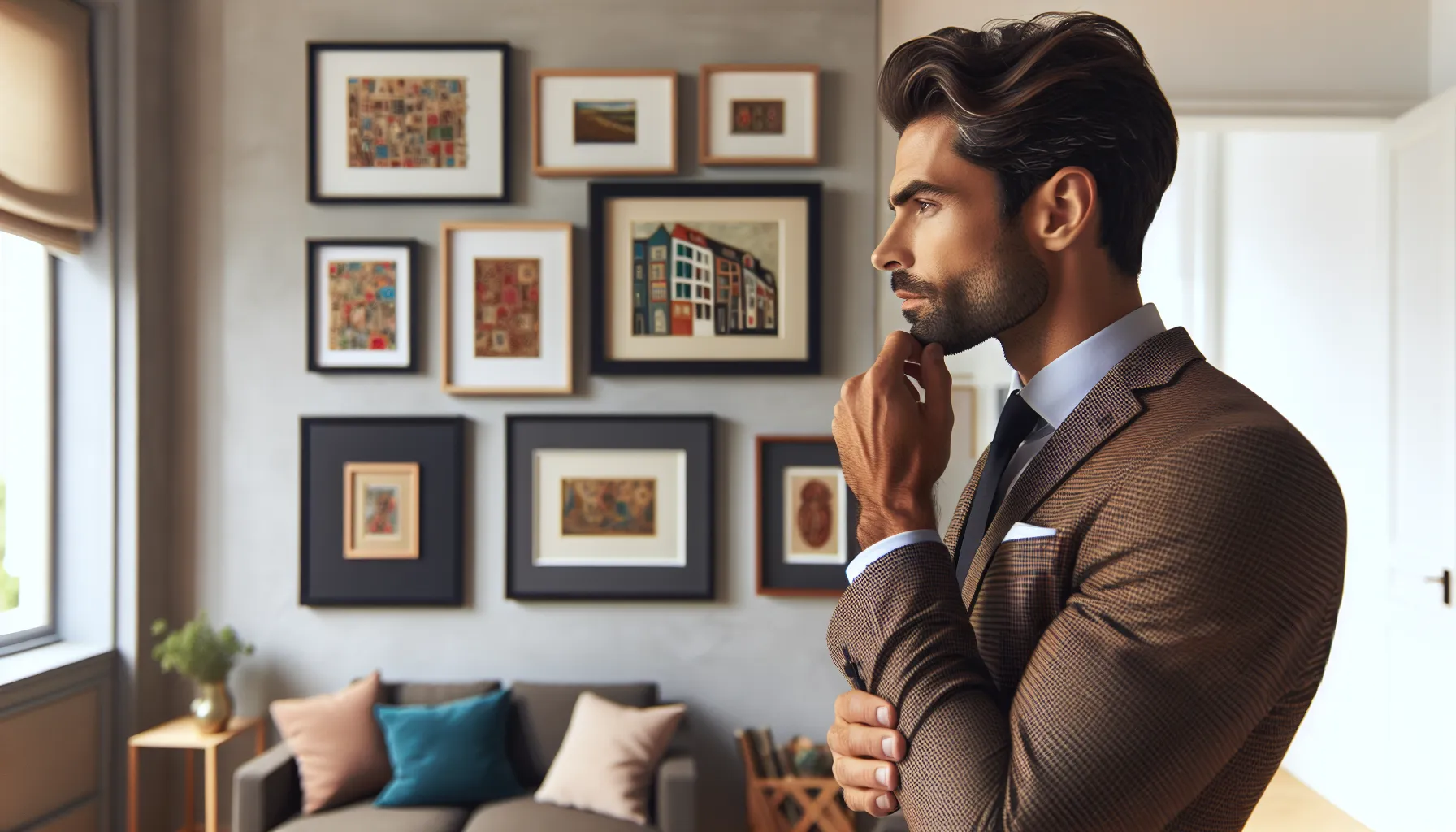Finding original art that speaks to your style doesn’t have to mean breaking the bank. Whether you’re decorating your home, sprucing up your office, or simply looking for a unique gift, affordable original art is more accessible than ever. You don’t need a massive budget to own something truly one-of-a-kind.
From emerging artists to online marketplaces, there are countless ways to discover stunning pieces that fit your taste and budget. Investing in original art not only adds personality to your space but also supports talented creators. It’s time to rethink the idea that art is only for the wealthy—it’s for everyone.
Why Invest In Affordable Original Art
Affordable original art combines uniqueness with accessibility. It adds character to your space while reflecting your individual taste. Unlike mass-produced decor, original works retain a sense of authenticity, making your environment more distinctive.
Supporting artists directly drives creativity. Emerging artists rely on these purchases to grow their careers and create more compelling work. Investing in affordable pieces helps sustain the art community and enrich cultural diversity.
Over time, original art can appreciate in value. While not all pieces see significant increases, many works by new talents gain worth as their reputations grow. Even modest investments can lead to valuable returns.
Customizing your collection fosters a sense of personal connection. Unlike generic items, affordable art lets you curate pieces that align with your experiences or emotions, adding deeper meaning to your decor.
Where To Find Affordable Original Art
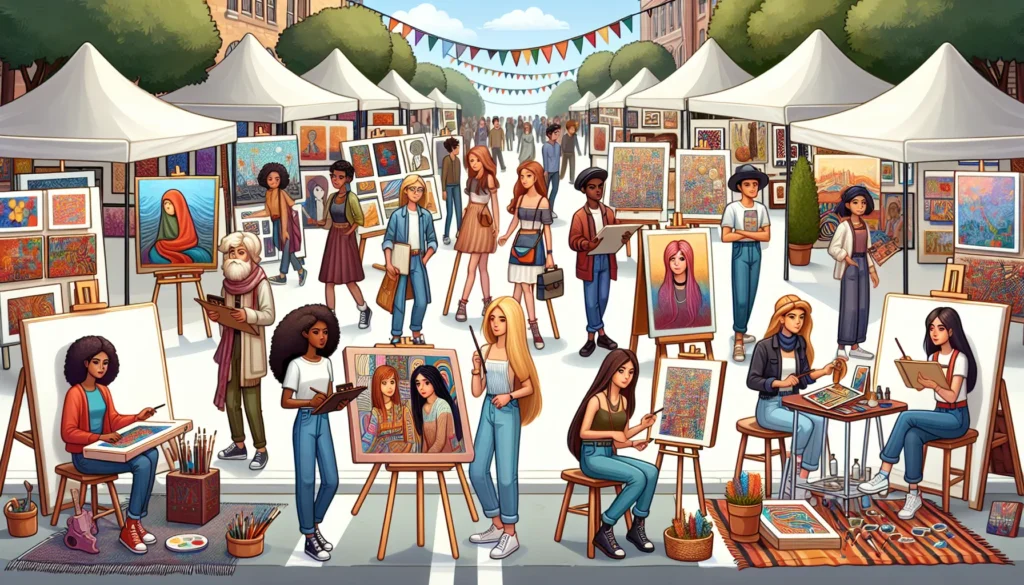
Affordable original art is accessible through several reliable sources that cater to varying tastes and budgets. Explore options that connect you to unique pieces while supporting artists directly.
Online Marketplaces
Platforms like Saatchi Art, Artfinder, and Etsy offer a wide selection of original art from emerging and established creators. Filter results by price range, style, or medium to find pieces that fit your budget. Many sellers also provide customization options for personalized artwork.
Social media platforms like Instagram and Facebook connect you to individual artists who sell directly. Follow hashtags such as #AffordableArt or #OriginalArtForSale to discover creators within your price range.
Local Art Galleries And Fairs
Check local galleries for exhibitions featuring works by lesser-known artists. These galleries often showcase affordable art, particularly during group shows or community-driven events.
Regional art fairs and pop-ups provide another opportunity to purchase original pieces. Events like these allow you to meet artists, learn about their work, and negotiate prices directly.
Emerging Artists
Graduates from art schools frequently sell their work at lower prices to gain exposure. Visiting student exhibits at institutions like art colleges or design schools offers access to affordable yet original creations.
Many emerging artists maintain online portfolios or personal websites, making it easy to browse their available pieces. Commissioning art from them can also be a cost-effective way to own unique, custom works.
Tips For Choosing Affordable Original Art
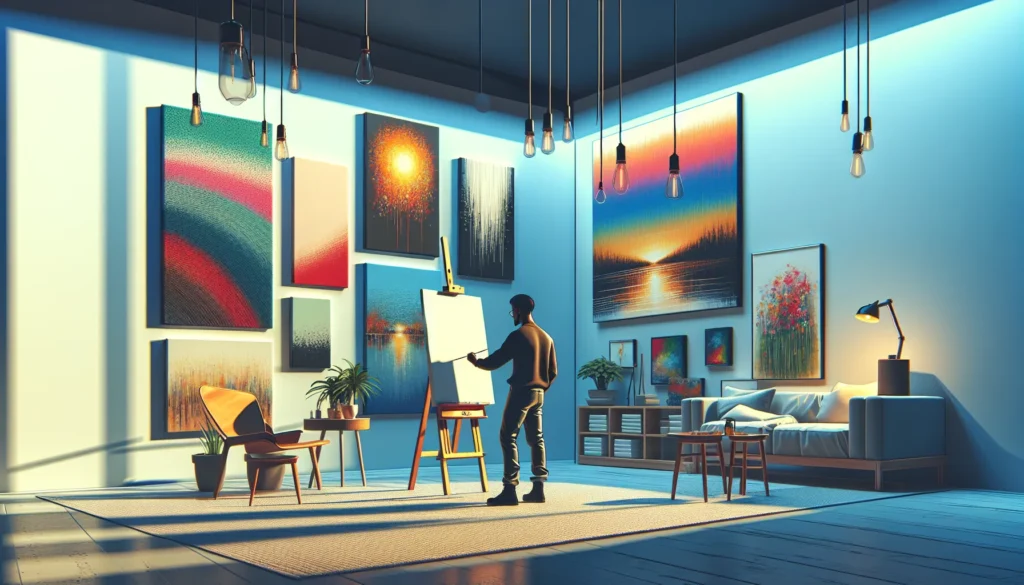
Selecting affordable original art requires careful consideration of your personal preferences, finances, and the artist’s background. Focus on pieces that align with your style, fit your space, and reflect value.
Understand Your Style And Space
Identify your preferred artistic styles by exploring different mediums, themes, and color schemes. Consider how the artwork complements your interiors, including wall dimensions, furniture arrangements, and lighting. For example, a minimalist home might benefit from abstract or monochrome pieces, while vibrant landscapes could suit bohemian decor. Choose art that enhances your environment and expresses your personality.
Set A Budget
Determine a clear budget before starting your search. This prevents overspending and narrows down your options. Affordable original art prices typically range from $50 to $500, depending on factors like size and medium. Allocate more for larger or intricate works, especially in oil or mixed media. Be open to smaller, high-quality pieces if your budget is limited.
Research The Artist
Learn about the artist’s background, inspirations, and portfolio. Emerging artists often provide unique pieces at accessible prices, with potential for value appreciation. Check the artist’s website, social media, or online marketplaces to view their full range of works. If possible, read reviews or connect with previous buyers to assess the artist’s credibility and consistency. This helps ensure your investment supports genuine talent and aligns with your expectations.
Benefits Of Affordable Original Art Over Mass-Produced Options
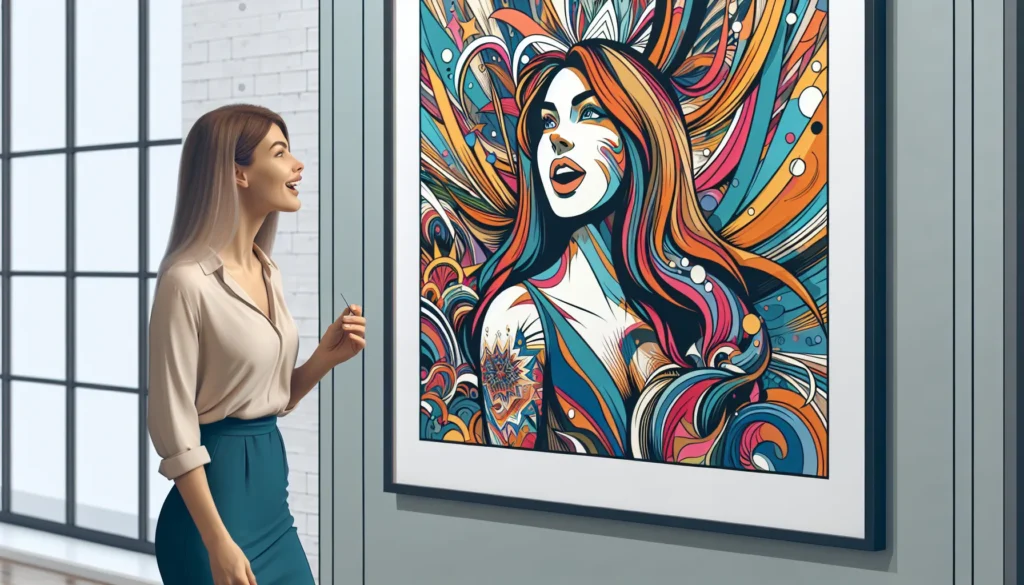
Affordable original art offers distinct advantages, enhancing your space with unmatched character while creating meaningful connections. It goes beyond mere décor, supporting creativity and individuality.
Uniqueness And Personal Connection
Original art provides one-of-a-kind pieces that add personality to your space, unlike generic mass-produced items. These works reflect the artist’s vision, allowing you to curate décor that resonates with your emotions and experiences. Every brushstroke or detail in original art carries a story, fostering a deeper connection to your environment. Personalized choices make your space truly your own, as no other home will feature an identical piece.
Supporting Independent Artists
Purchasing affordable original art impacts the art community positively by directly supporting independent creators. Instead of funding mass-production systems, your investment nurtures emerging talent, encouraging innovation and growth. By choosing original works, you play a role in sustaining an ecosystem where artists can thrive and continue contributing cultural diversity. This support not only empowers creators but also strengthens the broader cultural landscape, making art accessible to more individuals.
Conclusion
Affordable original art offers a unique way to enrich your space, express your personal style, and support talented creators. It’s an investment that goes beyond decoration, connecting you to meaningful stories and emotions while fostering creativity within the art community.
Whether you’re exploring online marketplaces, visiting local galleries, or discovering emerging artists, there are countless opportunities to find pieces that align with your taste and budget. By choosing original art, you’re not only enhancing your surroundings but also contributing to a more vibrant, inclusive cultural landscape.
Start curating your collection today and experience the joy of owning art that truly resonates with you.
Frequently Asked Questions
What is affordable original art?
Affordable original art refers to unique, one-of-a-kind pieces created by artists that are reasonably priced, typically ranging from $50 to $500. They offer a personal touch to decor and are more accessible than high-end gallery artwork.
Why should I invest in affordable original art?
Investing in original art allows you to personalize your space, reflect your style, and support talented artists. It’s also a great way to own authentic pieces that may appreciate in value over time, especially works by emerging creators.
Where can I find affordable original art?
You can find affordable original art on online marketplaces like Saatchi Art, Artfinder, and Etsy. Additionally, check out local art galleries, fairs, student exhibits, and social media platforms like Instagram to connect with artists directly.
How do I choose the right art for my space?
Focus on pieces that align with your personal style and complement your room’s aesthetic. Consider the colors, size, and theme of the artwork. Setting a clear budget and researching the artist can also help ensure you make a meaningful and lasting choice.
What are the benefits of supporting independent artists?
Supporting independent artists fosters creativity, sustains the art community, and helps emerging talents grow. It also enriches cultural diversity and makes art accessible to a wider audience, empowering artists and buyers alike.
How does original art differ from mass-produced decor?
Original art is unique and crafted with the artist’s vision, offering unmatched authenticity and emotional value. In contrast, mass-produced decor is generic and lacks the personal connection and individuality that enhance your space’s character.
Can emerging artists’ work appreciate in value?
Yes, emerging artists’ work can appreciate in value as their careers develop and reputations grow. Investing in their art early allows you to acquire meaningful pieces that may become valuable over time.
Is affordable original art suitable for small budgets?
Absolutely! Affordable original art is designed to fit small budgets. With prices starting at $50, you can find unique pieces that reflect your style without overspending.
How does original art enhance home decor?
Original art adds character, meaning, and individuality to your space. Each piece tells a story and creates a personal connection, making your decor more distinctive than mass-produced alternatives.
Are online platforms safe for buying art?
Yes, reputable platforms like Saatchi Art, Artfinder, and Etsy have buyer protections in place. They offer secure payment options and detailed artist profiles, ensuring a safe and trustworthy shopping experience. Always research the platform and artist before purchasing.
